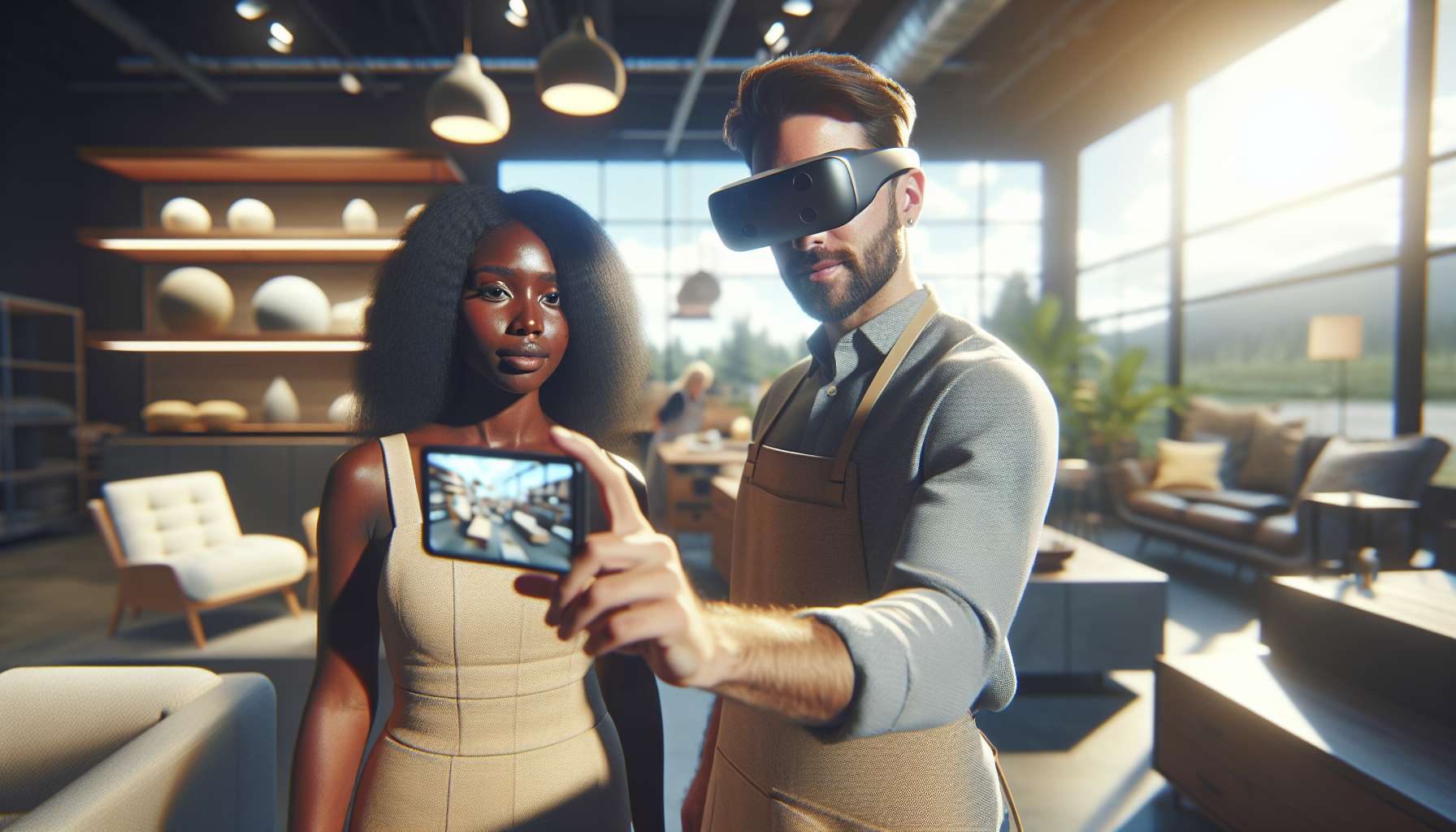Enhancing Customer Service in the Furniture Retail Industry with Augmented Reality
Augmented Reality (AR) has revolutionized various industries, and one area where it is making a significant impact is in customer service for furniture retailers. By leveraging AR technology, retailers can provide their customers with an immersive and interactive shopping experience, ultimately transforming the way they browse, select, and purchase furniture.
1. Visualizing Furniture in Real-Time
One of the biggest challenges customers face when shopping for furniture is visualizing how a particular piece will look in their space. With AR, this problem is solved. By using a smartphone or tablet, customers can virtually place furniture items in their homes, allowing them to see how they fit and complement their existing decor. This not only saves time but also eliminates the need for guesswork, leading to more confident purchasing decisions.
2. Customization and Personalization
AR technology enables customers to customize furniture pieces according to their preferences. They can experiment with different colors, materials, and finishes, giving them a sense of ownership and control over the final product. This level of personalization enhances the overall customer experience and increases the likelihood of a purchase.
3. Virtual Showrooms
Traditional furniture showrooms are often limited by physical space, preventing retailers from showcasing their entire product range. AR overcomes this limitation by creating virtual showrooms. Customers can explore an extensive catalog of furniture items, virtually walk through different room setups, and even interact with the products in real-time. This immersive experience not only expands the available options but also provides customers with a deeper understanding of the furniture’s features and functionality.
4. Remote Assistance and Support
AR technology enables retailers to offer remote assistance and support to their customers. Through live video calls or chat applications, customers can connect with knowledgeable sales representatives who can guide them through the purchasing process. Whether it’s answering product-related questions, providing recommendations, or assisting with assembly instructions, AR-powered remote assistance ensures that customers receive the support they need, regardless of their location.
5. Reduced Returns and Increased Customer Satisfaction
By allowing customers to visualize furniture in their own space and customize it to their liking, AR significantly reduces the chances of returns due to mismatched expectations. Customers can make informed decisions, confident that the furniture they purchase will meet their requirements. This not only saves retailers the cost and hassle of processing returns but also leads to higher customer satisfaction and loyalty.
6. Future Possibilities
The potential of AR in the furniture retail industry goes beyond the current applications. As the technology continues to evolve, we can expect even more exciting developments. For instance, retailers may introduce virtual interior design consultations, where customers can collaborate with experts to create their dream spaces. Additionally, AR could enable retailers to offer augmented product manuals, simplifying assembly and maintenance processes.
In conclusion, augmented reality is transforming customer service in the furniture retail industry. By leveraging AR technology, retailers can provide customers with a more immersive, personalized, and convenient shopping experience. From visualizing furniture in real-time to virtual showrooms and remote assistance, AR enhances customer satisfaction, reduces returns, and ultimately drives business growth. As the technology advances, we can look forward to even more innovative applications that will further revolutionize the way we shop for furniture.





